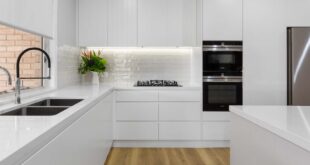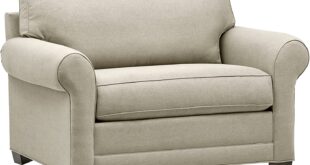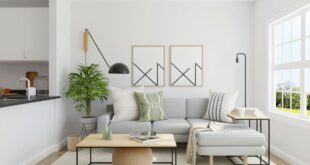Welcome to the Wonderful World of Home Decorating!
Ever walked into a home and instantly felt… something? That’s the magic of good home decorating. It’s more than just arranging furniture; it’s about crafting a space that reflects your personality, tells your story, and wraps you in comfort. Whether you’re staring at a blank canvas after moving into a new place or just itching for a refresh, this guide will equip you with the knowledge and inspiration to turn your house into a home you truly love.
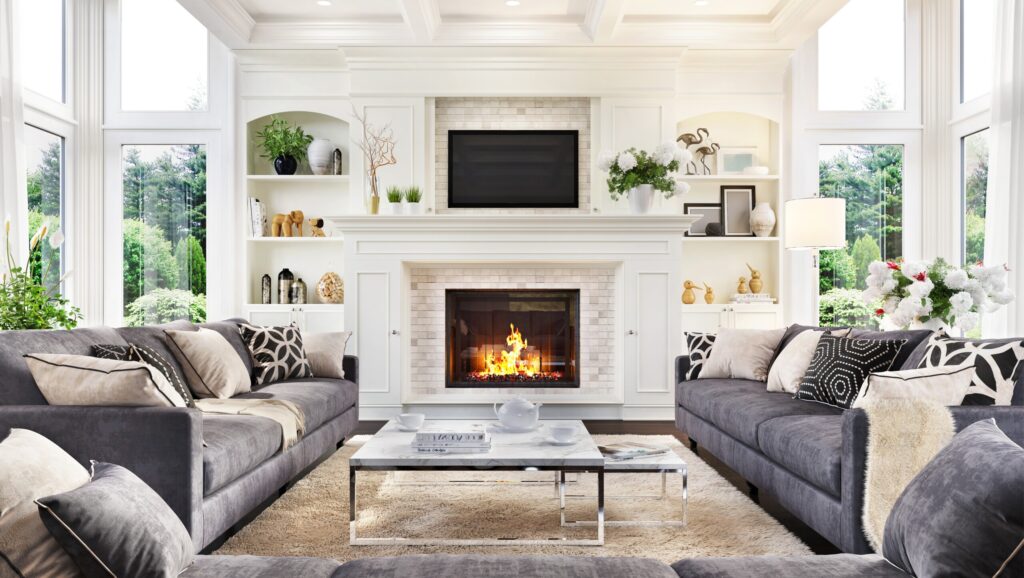
We’ll dive into everything from understanding your personal style and choosing the right colors to maximizing space and adding those all-important finishing touches. Think of this as your comprehensive roadmap to creating a living space that’s both beautiful and functional, a place where you can relax, recharge, and create lasting memories.
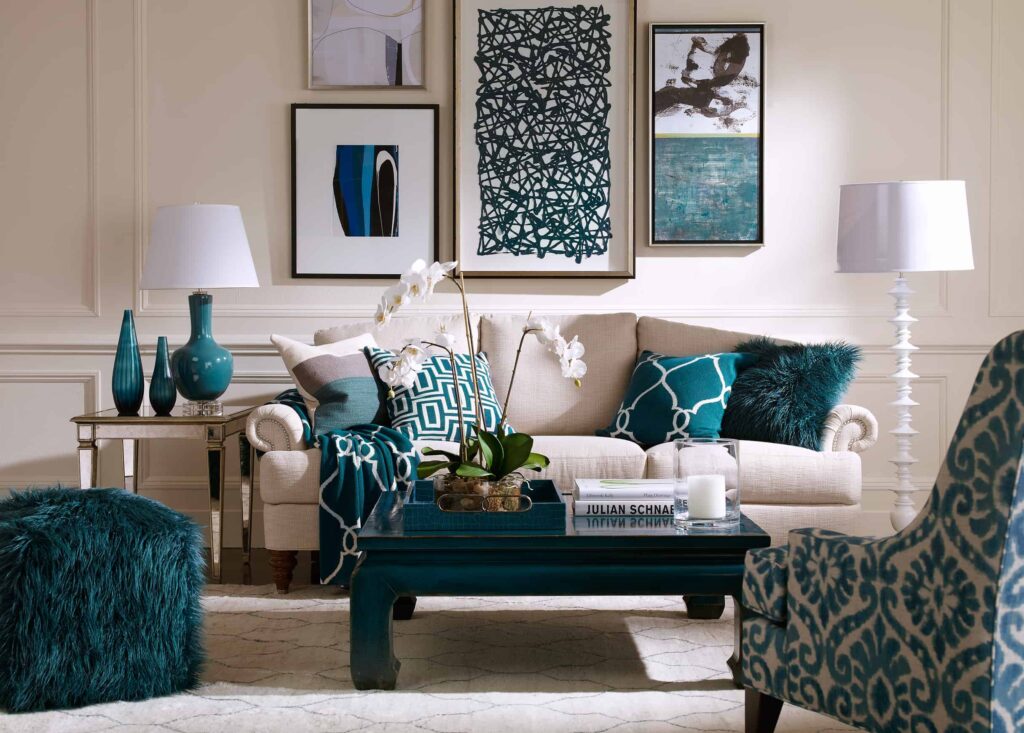
Understanding Your Decorating Style: Discover Your Inner Designer
Before you even think about paint colors or furniture arrangements, it’s crucial to identify your decorating style. This isn’t about following trends blindly; it’s about understanding what resonates with you on a deeper level. Ask yourself: What kind of spaces make you feel happy, relaxed, or inspired? What colors do you gravitate towards? What textures do you find comforting?
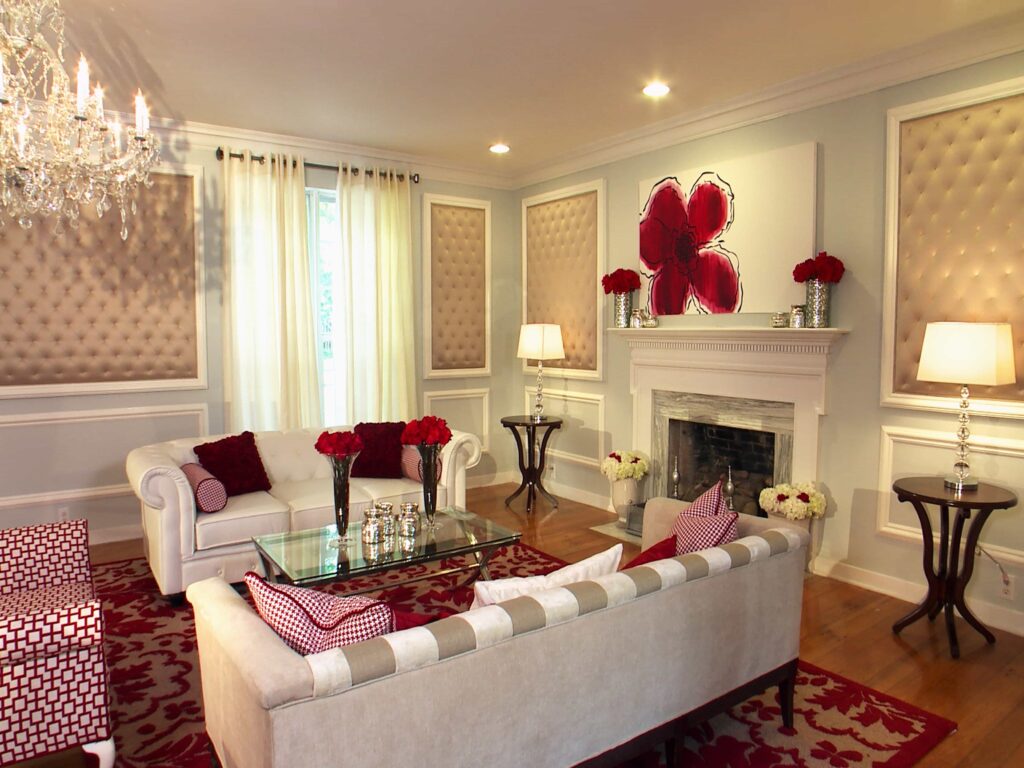
Here’s a glimpse at some popular decorating styles to get you started:
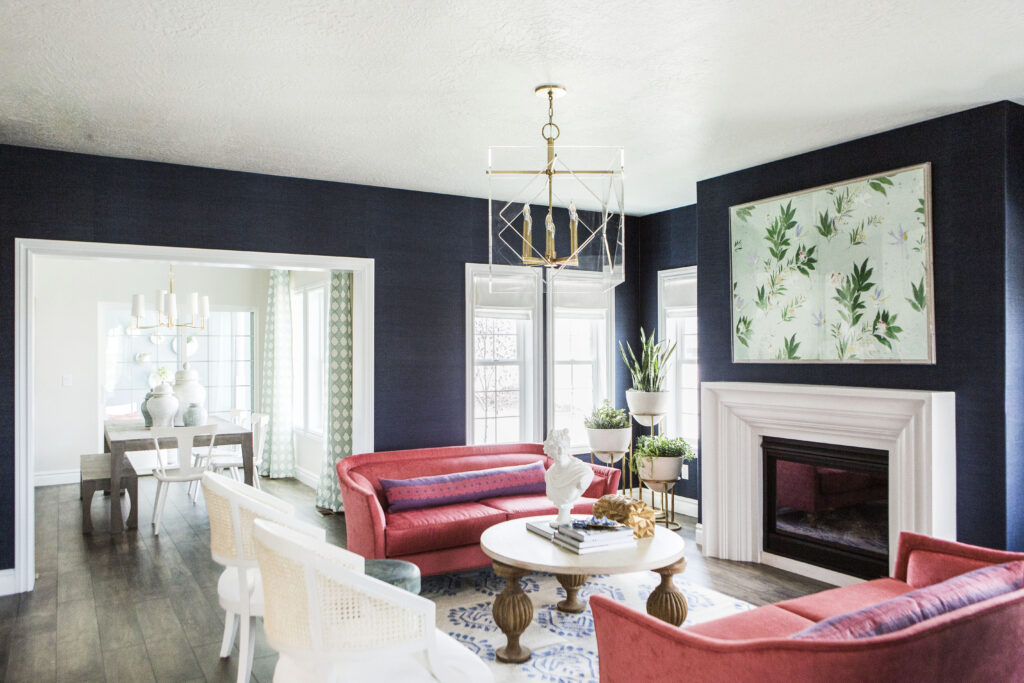
- Modern: Clean lines, minimalist aesthetics, and a focus on functionality. Think sleek furniture, neutral colors, and pops of geometric patterns.
- Traditional: Classic elegance, rich colors, and ornate details. Imagine antique furniture, damask fabrics, and crystal chandeliers.
- Bohemian: Eclectic, free-spirited, and vibrant. Picture layered textures, globally-inspired patterns, and plenty of plants.
- Coastal: Relaxed, breezy, and inspired by the ocean. Envision light colors, natural materials like driftwood and linen, and nautical accents.
- Industrial: Raw, urban, and functional. Think exposed brick, metal accents, and reclaimed wood.
- Farmhouse: Cozy, rustic, and charming. Imagine distressed furniture, vintage finds, and warm, inviting colors.
- Scandinavian: Simple, functional, and cozy. A focus on neutral palettes, natural light, and minimalistic furniture.
Don’t feel like you have to stick to just one style! Many people find themselves drawn to a combination of different elements. The key is to create a cohesive look that reflects your unique personality.
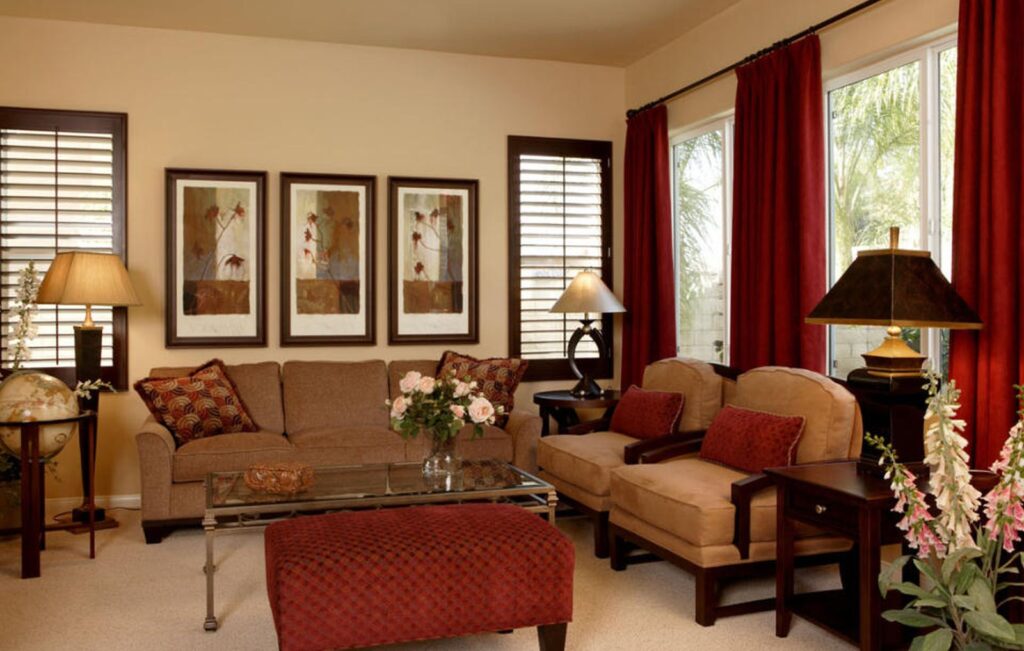
Finding Inspiration
Stuck on where to start? Here are some great places to find decorating inspiration:
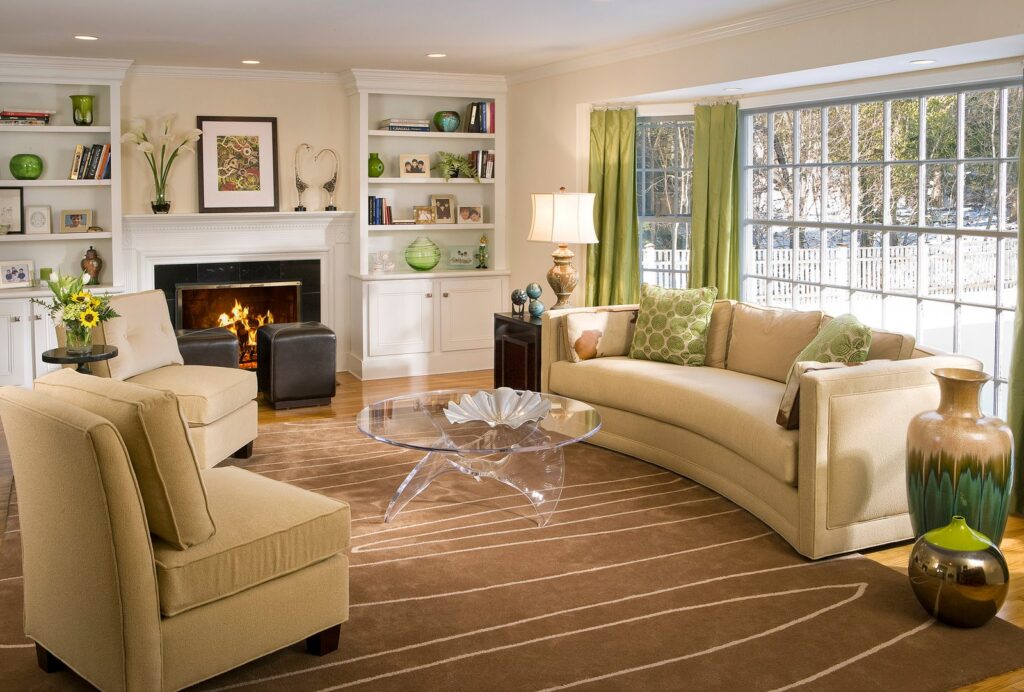
- Magazines: Browse interior design magazines for stunning visuals and expert advice.
- Websites and Blogs: Explore online resources dedicated to home decorating, like Houzz, Pinterest, and various design blogs.
- Social Media: Follow designers, home decor accounts, and hashtags like #homedecor and #interiordesign on platforms like Instagram.
- Model Homes: Visit model homes in your area to see how professionals design spaces.
- Your Own Life: Draw inspiration from your travels, hobbies, and personal experiences.
Color Psychology: Painting Your Way to a Better Mood
Color is a powerful tool in home decorating. It can affect our mood, energy levels, and even our perception of space. Understanding the psychology of color can help you choose the right hues for each room in your home.
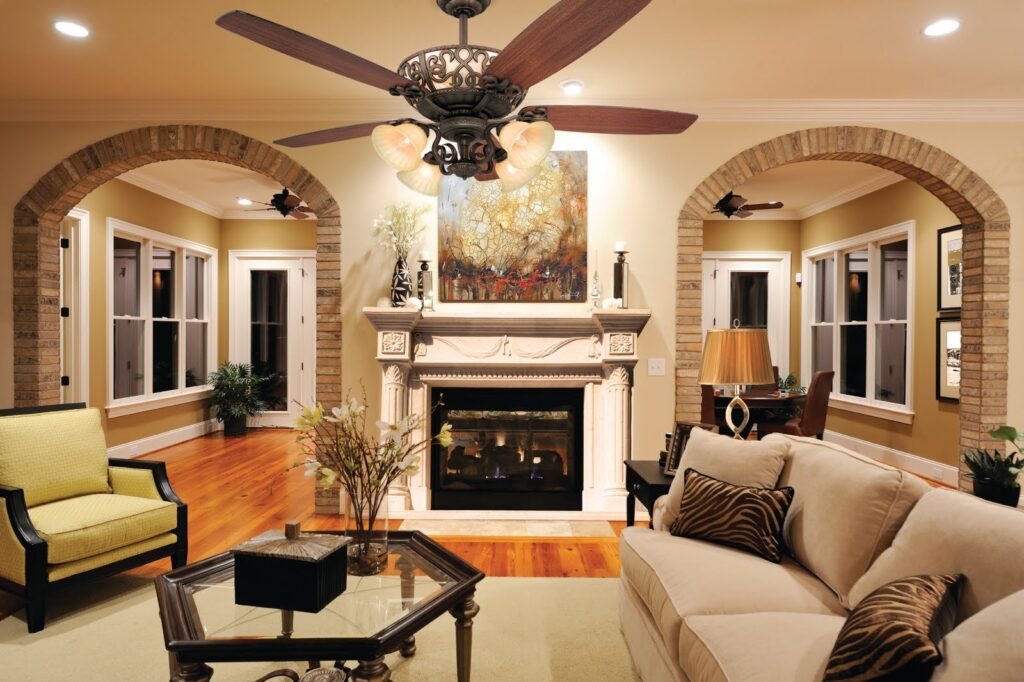
- Blue: Calming, peaceful, and serene. Ideal for bedrooms and bathrooms.
- Green: Refreshing, natural, and balanced. Great for living rooms and offices.
- Yellow: Cheerful, optimistic, and energizing. Best for kitchens and dining rooms.
- Red: Passionate, energetic, and bold. Use sparingly as an accent color in living rooms or dining rooms.
- Orange: Warm, inviting, and social. Suitable for living rooms, dining rooms, and entryways.
- Purple: Luxurious, creative, and spiritual. Good for bedrooms, offices, or meditation spaces.
- Neutral Colors (White, Gray, Beige): Versatile, timeless, and can be used in any room. They provide a blank canvas for adding pops of color with furniture and accessories.
Choosing the Right Paint
Once you’ve decided on your color palette, it’s time to choose the right paint. Consider the following factors:
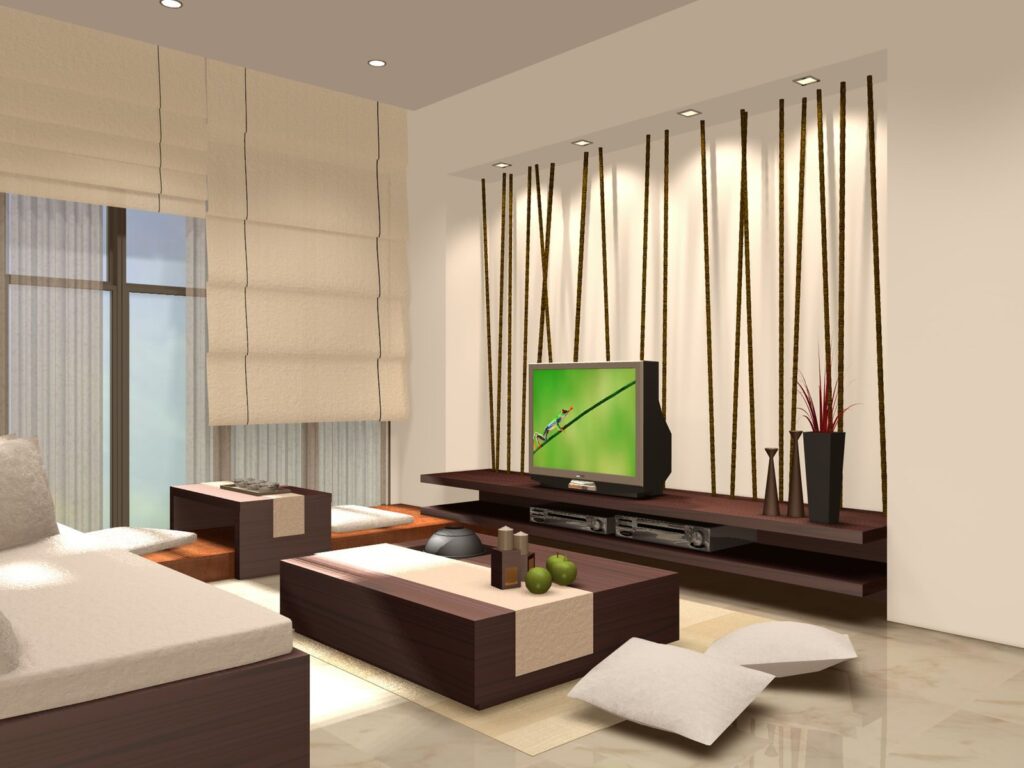
- Sheen: Different sheens offer different levels of durability and shine. Matte finishes are good for hiding imperfections, while gloss finishes are easier to clean.
- Undertones: Colors can have subtle undertones that affect how they look in different lighting conditions. Test paint samples in your home before committing to a full gallon.
- Light: Natural and artificial light play a significant role in how a color appears. Observe how the color changes throughout the day.
Furniture Fundamentals: Choosing Pieces That Complement Your Space
Furniture is the backbone of any well-decorated home. It not only provides functionality but also contributes significantly to the overall aesthetic. Here are some tips for choosing furniture that complements your space:
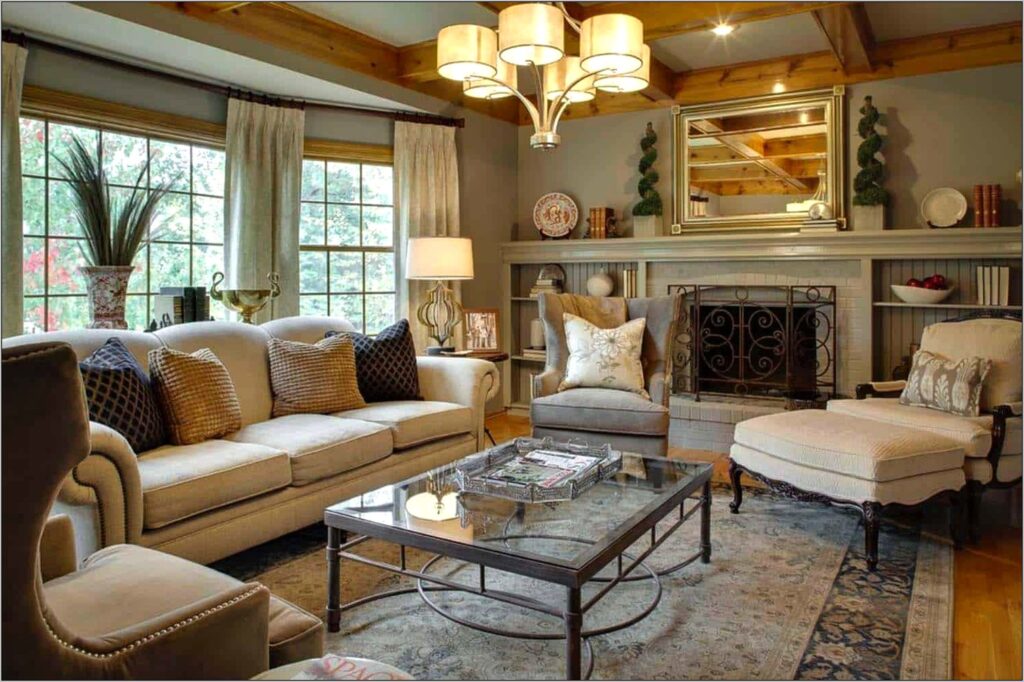
- Consider the Size and Scale: Choose furniture that is appropriately sized for your room. Avoid overwhelming small spaces with oversized pieces.
- Think About Functionality: Consider how you will use the furniture. Choose pieces that meet your specific needs and lifestyle.
- Pay Attention to Style and Material: Select furniture that aligns with your chosen decorating style and is made from durable, high-quality materials.
- Create a Focal Point: Choose a statement piece of furniture, such as a sofa or a coffee table, to serve as the focal point of the room.
- Don’t Be Afraid to Mix and Match: Mixing different styles and materials can add visual interest and create a more unique and personal space.
Arranging Your Furniture for Maximum Impact
The arrangement of your furniture can have a big impact on the flow and feel of a room. Here are some general guidelines:
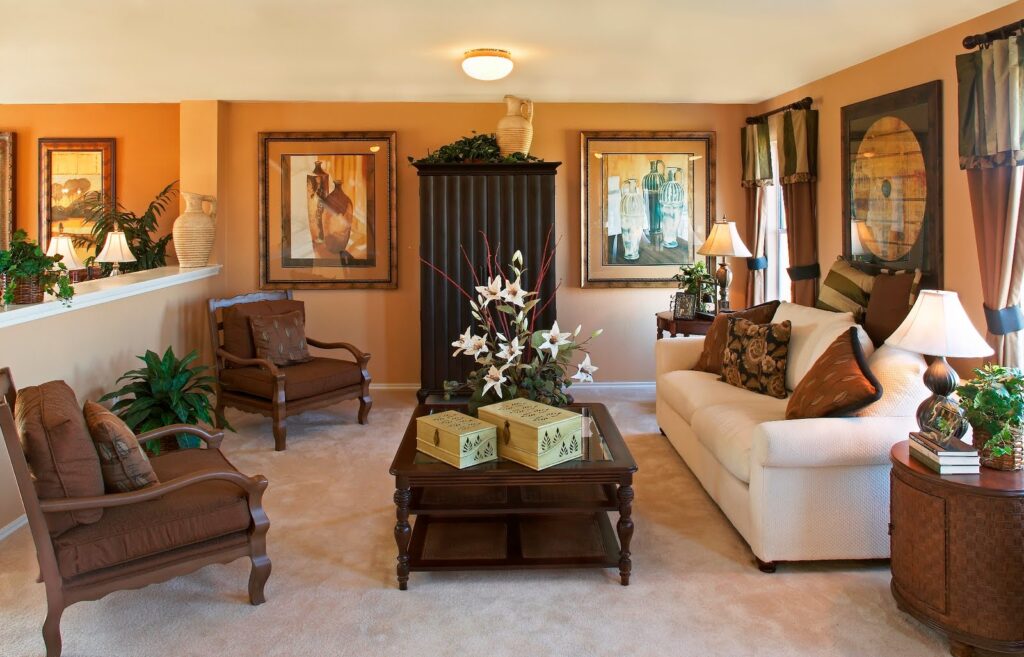
- Create a Conversation Area: Arrange furniture to encourage conversation and interaction.
- Balance the Room: Distribute furniture evenly throughout the room to create a sense of balance.
- Leave Space for Movement: Ensure there is enough space to move freely around the room without bumping into furniture.
- Consider Traffic Flow: Place furniture in a way that does not obstruct the flow of traffic through the room.
- Experiment with Different Layouts: Don’t be afraid to try different furniture arrangements until you find one that works best for you.
Lighting: Illuminating Your Home with Style
Lighting is often overlooked, but it’s a crucial element of home decorating. It can affect the mood, ambiance, and functionality of a space. There are three main types of lighting to consider:
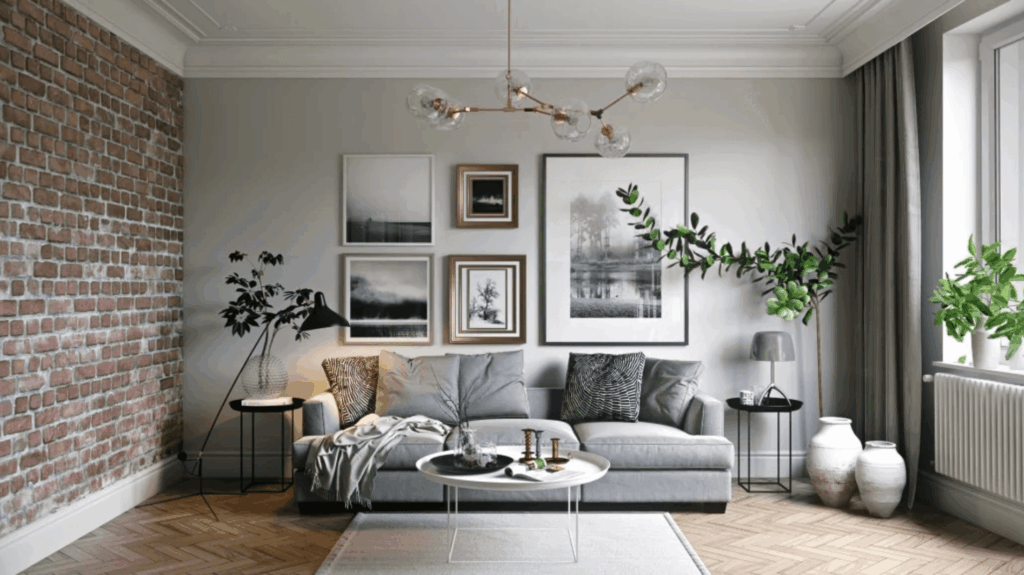
- Ambient Lighting: Provides overall illumination for the room. Examples include ceiling fixtures, recessed lighting, and chandeliers.
- Task Lighting: Provides focused light for specific tasks, such as reading, cooking, or working. Examples include desk lamps, under-cabinet lighting, and floor lamps.
- Accent Lighting: Highlights specific features, such as artwork, architectural details, or plants. Examples include spotlights, track lighting, and wall sconces.
Choosing the Right Light Fixtures
When choosing light fixtures, consider the following factors:
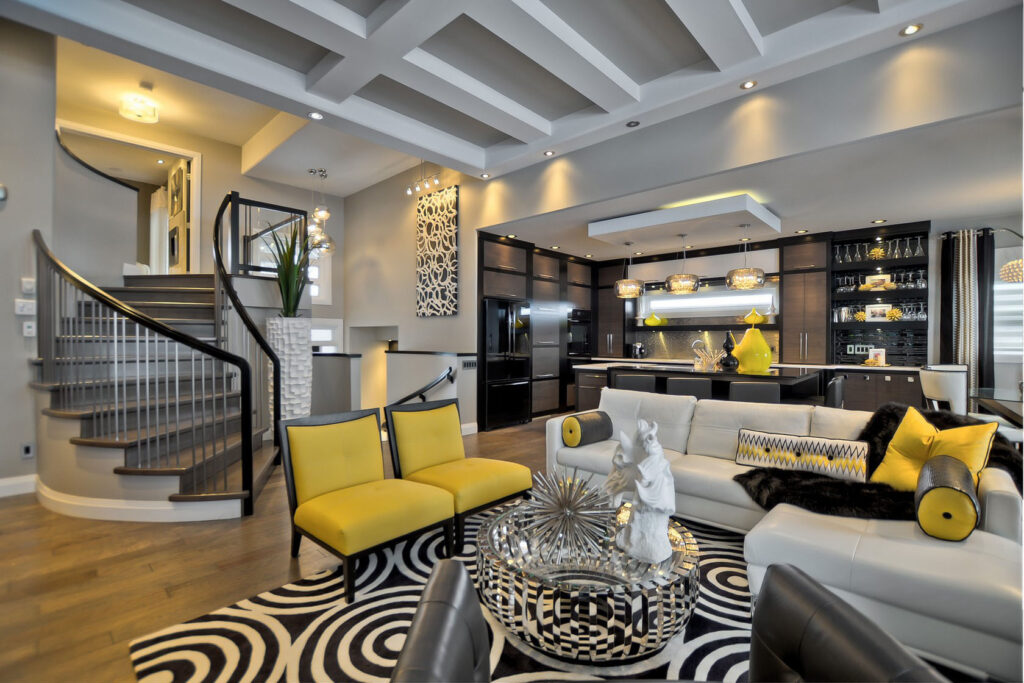
- Style: Select fixtures that complement your overall decorating style.
- Size: Choose fixtures that are appropriately sized for the room.
- Brightness: Consider the amount of light needed for each space.
- Color Temperature: Choose bulbs with a color temperature that creates the desired mood. Warm light (2700-3000K) is ideal for creating a cozy and inviting atmosphere, while cool light (4000-5000K) is better for task lighting.
Accessorizing: Adding the Finishing Touches
Accessories are the final layer of home decorating. They add personality, warmth, and visual interest to a space. Here are some essential accessories to consider:
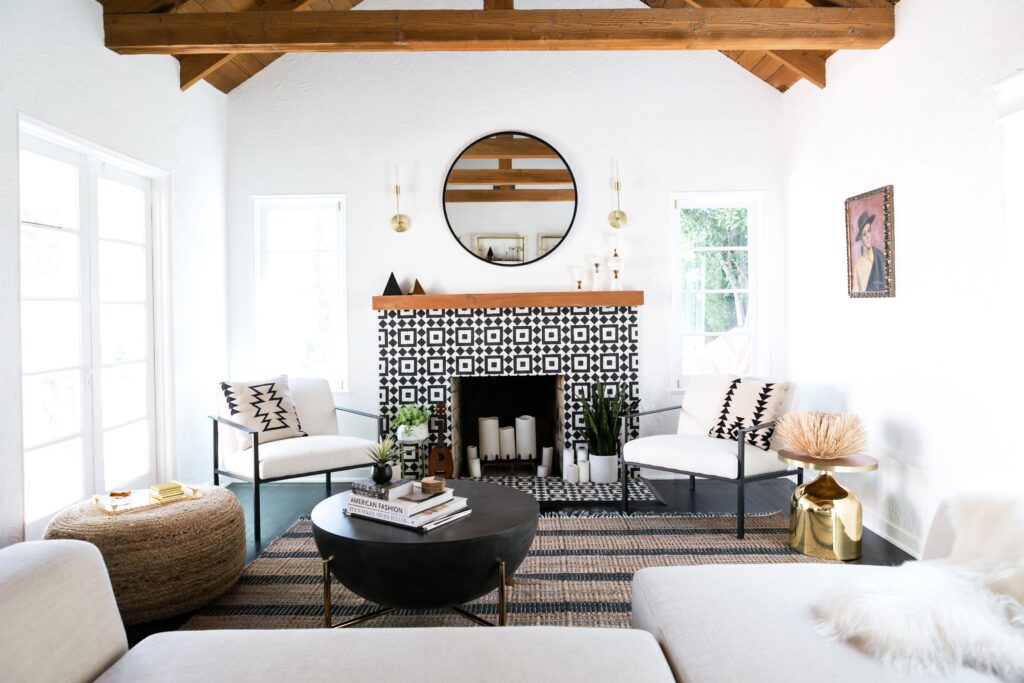
- Rugs: Define spaces, add warmth, and create visual interest.
- Curtains and Window Treatments: Control light, provide privacy, and add style.
- Pillows and Throws: Add comfort, texture, and color.
- Artwork and Wall Decor: Express your personality and add visual interest.
- Plants and Flowers: Bring life and freshness into the home.
- Decorative Objects: Add personal touches and create visual interest.
- Mirrors: Enhance light, create the illusion of space, and add style.
Tips for Accessorizing Like a Pro
- Create a Focal Point: Group accessories around a focal point, such as a fireplace or a piece of art.
- Vary Heights and Textures: Mix different heights and textures to create visual interest.
- Use the Rule of Three: Group items in odd numbers for a more visually appealing arrangement.
- Don’t Overdo It: Avoid cluttering your space with too many accessories. Less is often more.
- Reflect Your Personality: Choose accessories that reflect your personal style and interests.
Budget-Friendly Decorating: Creating a Stylish Home Without Breaking the Bank
Decorating your home doesn’t have to be expensive. There are many ways to create a stylish and inviting space on a budget. Here are some tips:
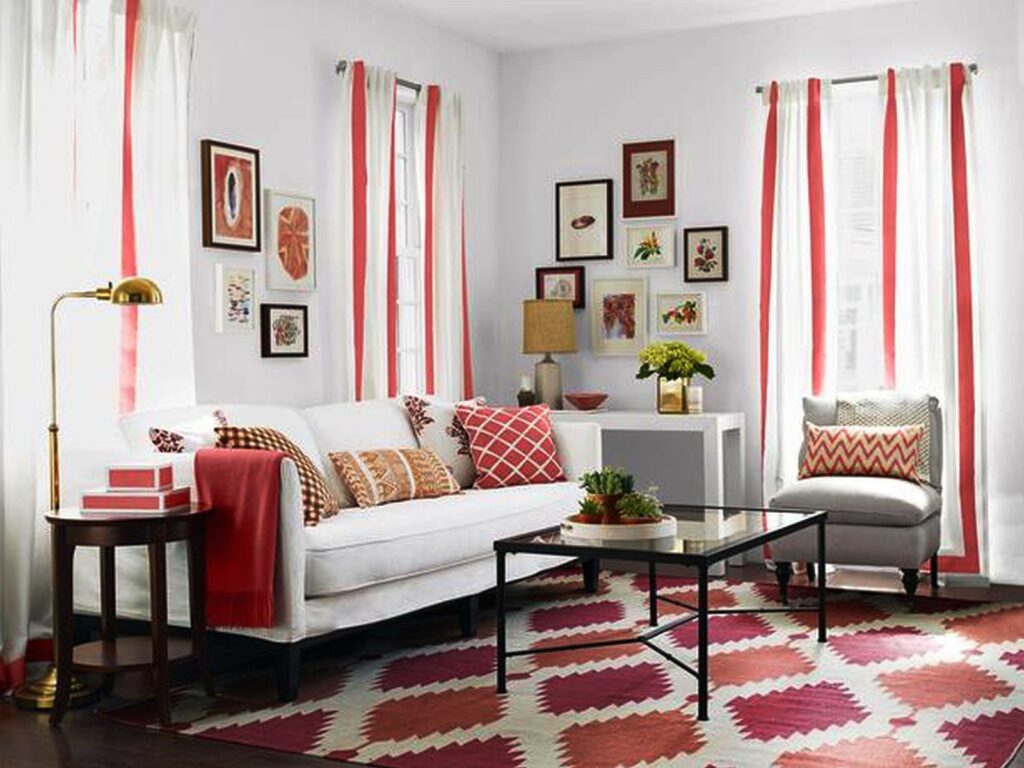
- Shop Secondhand: Visit thrift stores, flea markets, and antique shops for unique and affordable finds.
- Repurpose and Upcycle: Give old furniture and accessories a new lease on life by repurposing or upcycling them.
- DIY Projects: Tackle simple DIY projects, such as painting furniture, creating wall art, or sewing curtains.
- Shop Sales and Discounts: Take advantage of sales and discounts at home decor stores.
- Focus on Key Areas: Prioritize your spending on key areas, such as furniture and lighting.
- Start Small: Begin with one room or area and gradually work your way through the rest of your home.
- Use What You Have: Rearrange your existing furniture and accessories to create a fresh look.
- Accessorize Wisely: Add pops of color and personality with affordable accessories, such as pillows, throws, and artwork.
DIY Home Decor Projects
DIY projects are a fantastic way to personalize your home decor while saving money. Here are a few ideas to get you started:
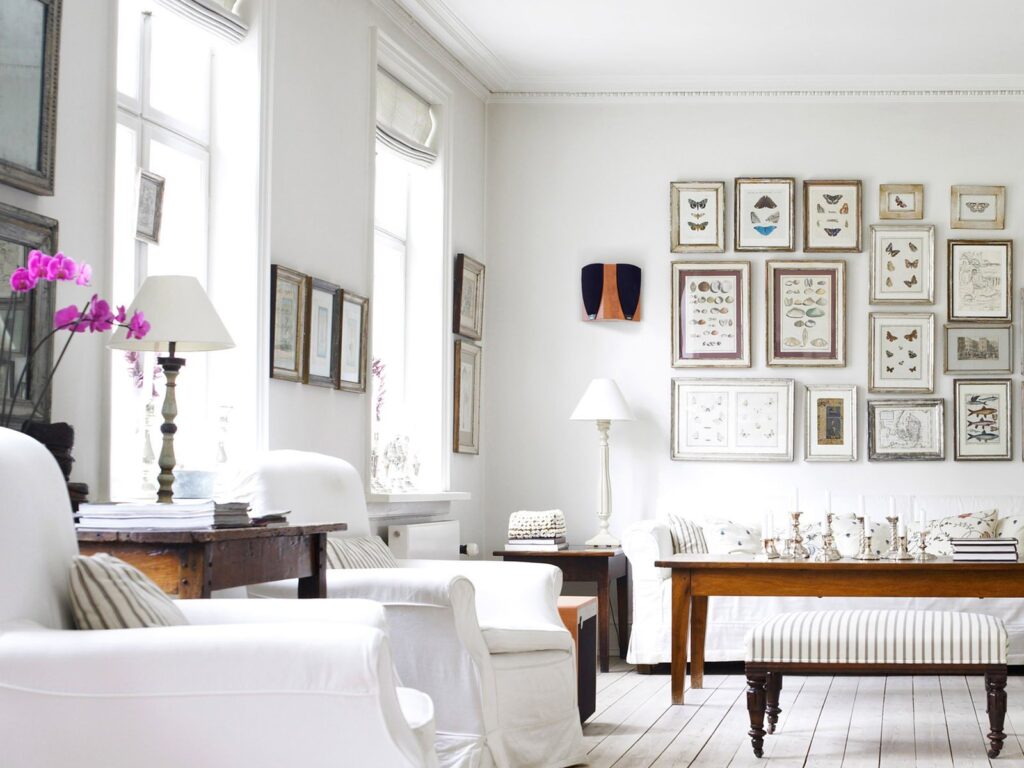
- Painted Mason Jars: Transform plain mason jars into stylish vases or storage containers with paint and a little creativity.
- Gallery Wall: Create a gallery wall with a mix of framed prints, photographs, and other wall decor items.
- Upcycled Furniture: Give old furniture a new look with paint, fabric, or new hardware.
- Handmade Pillows: Sew your own pillows using fabric scraps or old clothing.
- Macrame Plant Hangers: Create macrame plant hangers to add a bohemian touch to your home.
Small Space Decorating: Maximizing Functionality and Style
Decorating a small space can be challenging, but it’s definitely achievable. The key is to maximize functionality and create the illusion of space. Here are some tips for decorating a small home:
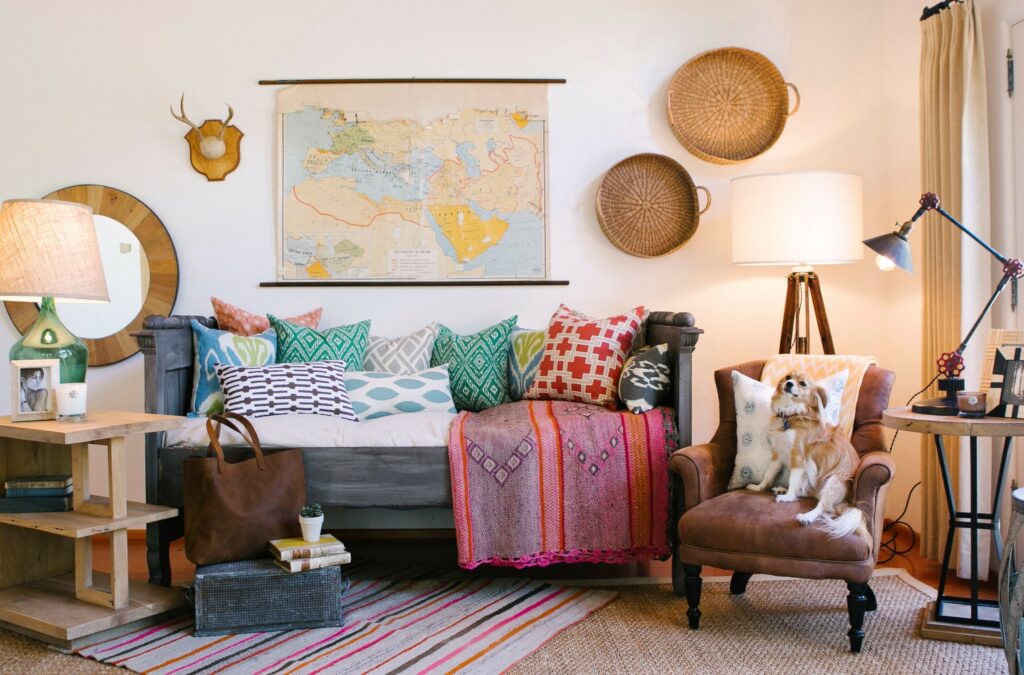
- Choose Light Colors: Light colors reflect light and make a space feel larger and more open.
- Use Mirrors: Mirrors can create the illusion of space and reflect light.
- Opt for Multi-Functional Furniture: Choose furniture that serves multiple purposes, such as a sofa bed or a storage ottoman.
- Go Vertical: Utilize vertical space with shelves, wall-mounted storage, and tall plants.
- Minimize Clutter: Keep your space clutter-free by storing items out of sight.
- Use Area Rugs: Define different zones in your small space with area rugs.
- Maximize Natural Light: Let in as much natural light as possible by keeping windows clean and using sheer curtains.
- Create a Focal Point: Draw the eye to a focal point, such as a piece of art or a statement piece of furniture.
Furniture Ideas for Small Spaces
Here are some specific furniture ideas that are perfect for small spaces:
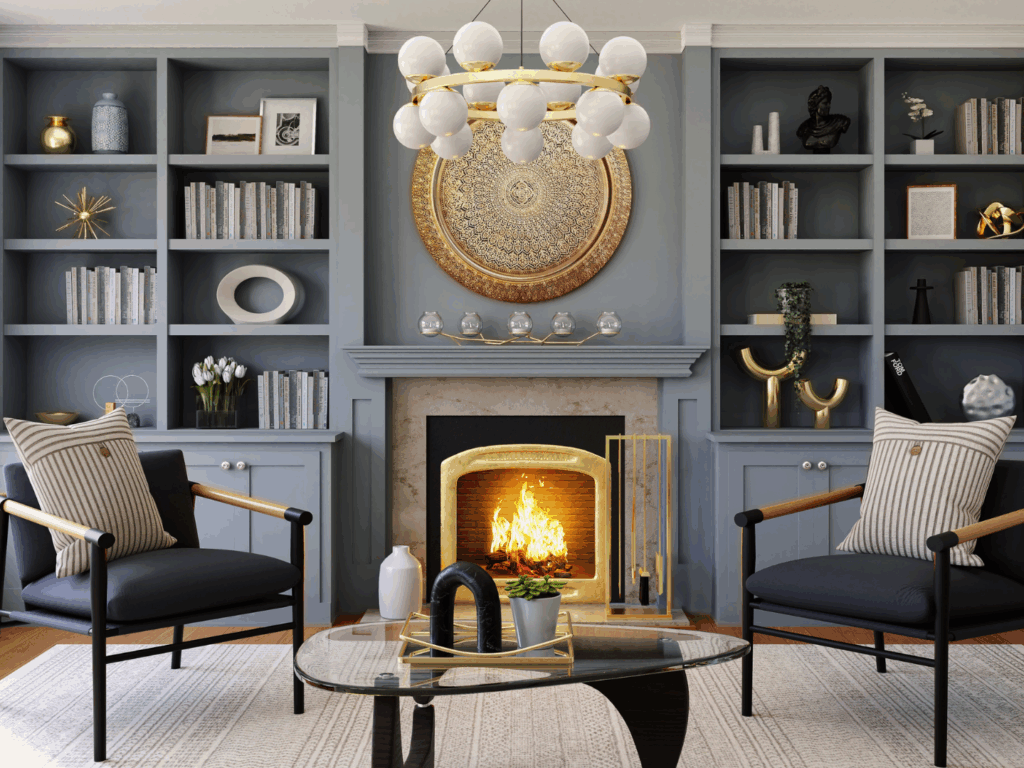
- Sofa Bed: Provides seating and a sleeping space for guests.
- Storage Ottoman: Provides seating and storage.
- Drop-Leaf Table: Can be expanded when needed and folded down when not in use.
- Wall-Mounted Desk: Saves floor space and provides a workspace.
- Nesting Tables: Can be used individually or grouped together as a coffee table.
Sustainable Decorating: Creating an Eco-Friendly Home
Sustainable decorating is about creating a home that is both beautiful and environmentally friendly. Here are some tips for decorating sustainably:
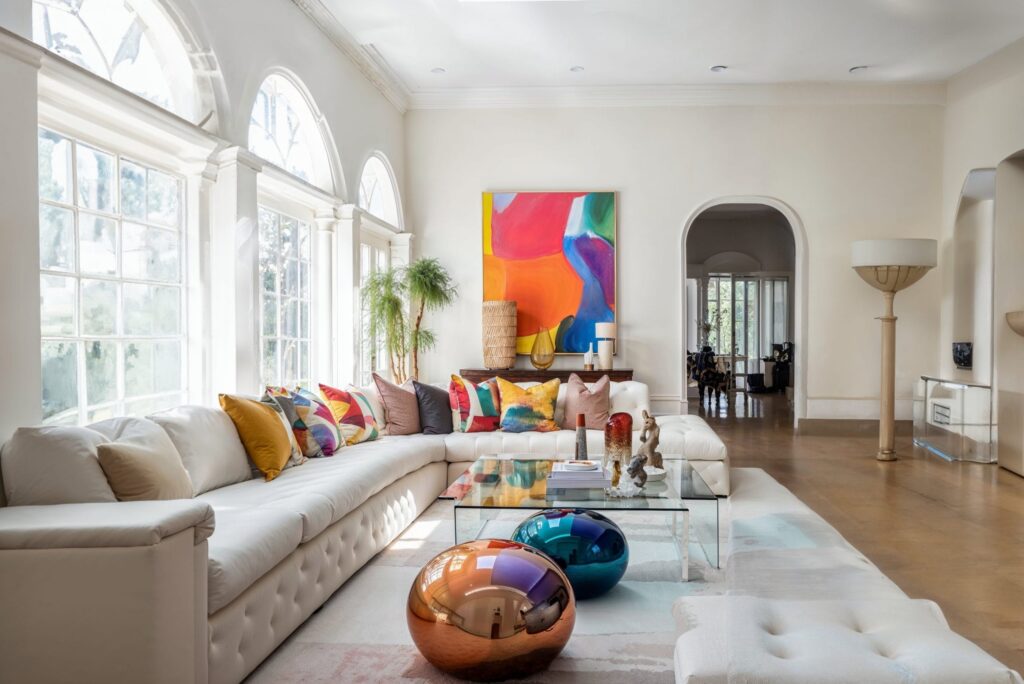
- Choose Eco-Friendly Materials: Opt for materials like bamboo, reclaimed wood, organic cotton, and recycled glass.
- Buy Secondhand: Reduce waste by buying secondhand furniture and accessories.
- Support Local Artisans: Purchase handcrafted items from local artisans to support sustainable practices.
- Use Low-VOC Paints: Choose paints with low or no volatile organic compounds (VOCs) to improve indoor air quality.
- Conserve Energy: Use energy-efficient lighting and appliances.
- Reduce, Reuse, Recycle: Reduce your consumption, reuse what you have, and recycle whenever possible.
- Bring the Outdoors In: Add plants to your home to improve air quality and connect with nature.
Sustainable Decorating Ideas
- Reclaimed Wood Furniture: Furniture made from reclaimed wood is both stylish and environmentally friendly.
- Organic Cotton Bedding: Organic cotton bedding is soft, comfortable, and free of harmful chemicals.
- Bamboo Flooring: Bamboo flooring is a sustainable and durable alternative to hardwood.
- Recycled Glass Decor: Recycled glass vases, bowls, and other decor items are a beautiful and eco-friendly choice.
Home Decorating Trends: Staying Up-to-Date with the Latest Styles
While it’s important to choose a decorating style that reflects your personal taste, it’s also fun to stay up-to-date with the latest trends. Here are some of the current home decorating trends:
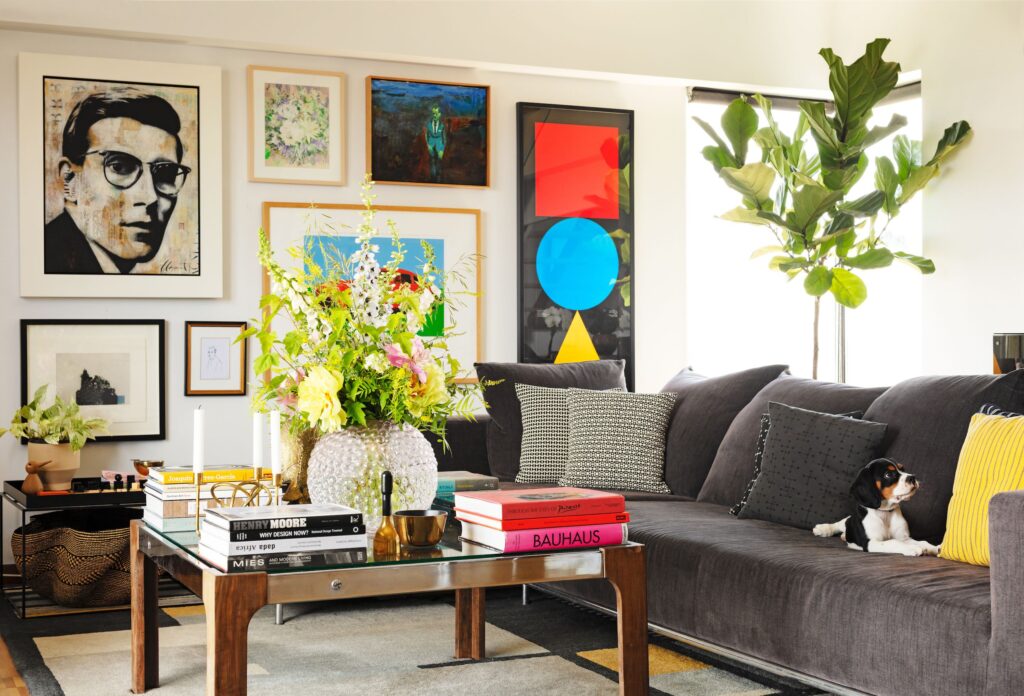
- Biophilic Design: Incorporating natural elements into the home, such as plants, natural light, and natural materials.
- Sustainable Materials: Using eco-friendly materials like bamboo, reclaimed wood, and organic cotton.
- Bold Colors: Embracing bold and vibrant colors, such as emerald green, sapphire blue, and mustard yellow.
- Textured Walls: Adding texture to walls with wallpaper, paint techniques, or natural materials.
- Statement Lighting: Using statement lighting fixtures as focal points in a room.
- Vintage Finds: Incorporating vintage furniture and accessories into the home.
- Maximalism: Embracing a more-is-more approach to decorating, with layered textures, patterns, and colors.
How to Incorporate Trends into Your Home
If you want to incorporate trends into your home decor, here are a few tips:
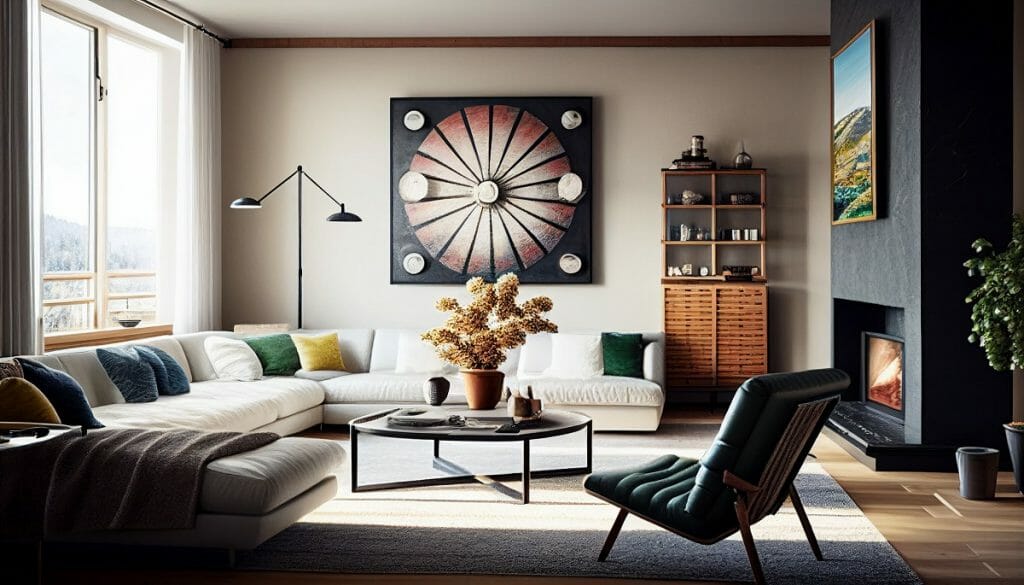
- Choose Trends That Resonate with You: Don’t feel like you have to follow every trend. Choose the ones that you genuinely like and that fit your personal style.
- Start Small: Incorporate trends with accessories, such as pillows, throws, and artwork.
- Mix Trends with Timeless Pieces: Combine trendy pieces with timeless pieces to create a balanced and stylish look.
- Don’t Be Afraid to Experiment: Have fun and experiment with different trends until you find what works best for you.
Troubleshooting Common Decorating Mistakes
Even the most experienced decorators can make mistakes. Here are some common decorating mistakes and how to avoid them:
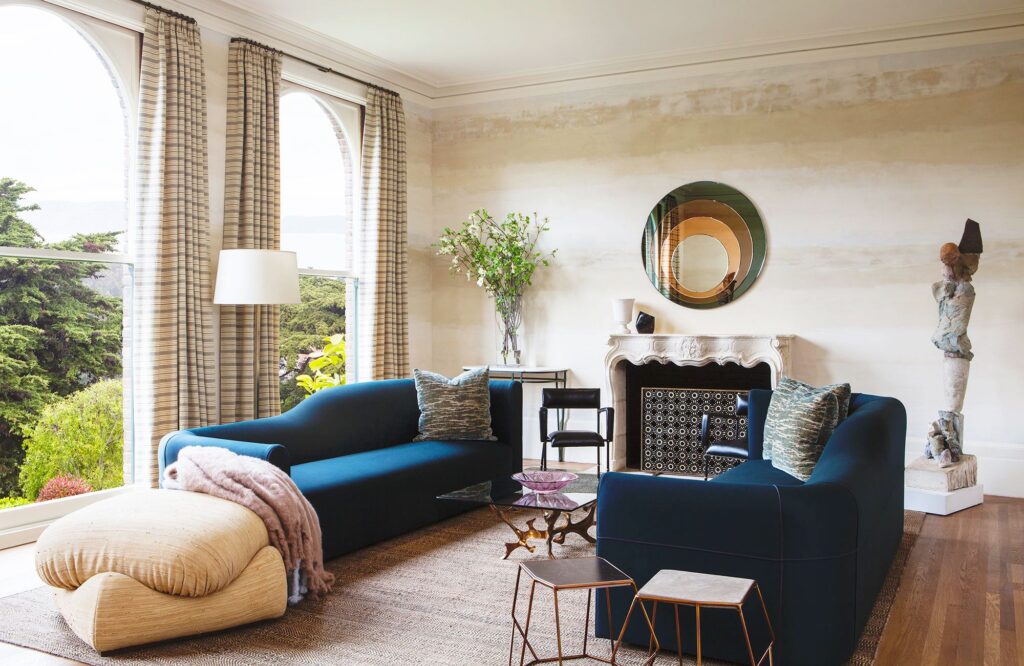
- Choosing the Wrong Paint Color: Always test paint samples in your home before committing to a full gallon.
- Buying Furniture That’s Too Big or Too Small: Measure your space carefully before buying furniture.
- Ignoring Scale and Proportion: Make sure that your furniture and accessories are in proportion to each other and to the room.
- Cluttering Your Space: Keep your space clutter-free by storing items out of sight.
- Not Creating a Focal Point: Every room should have a focal point to draw the eye.
- Poor Lighting: Make sure that your lighting is adequate for the space and for the activities that take place there.
- Hanging Artwork Too High: Hang artwork at eye level.
- Pushing All Your Furniture Against the Walls: Create a conversation area by arranging furniture in the center of the room.
- Neglecting the Details: Pay attention to the small details, such as hardware, trim, and accessories.
- Being Afraid to Take Risks: Don’t be afraid to experiment and try new things.
Maintaining Your Home Decor: Keeping Your Space Looking Its Best
Once you’ve decorated your home, it’s important to maintain it to keep it looking its best. Here are some tips for maintaining your home decor:
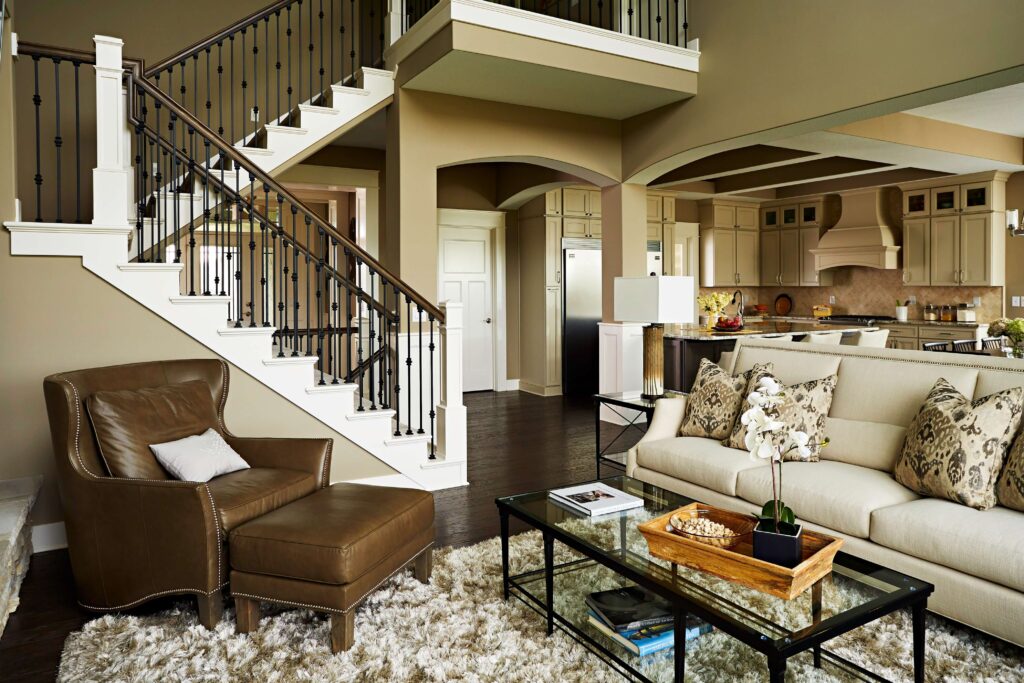
- Clean Regularly: Dust, vacuum, and clean surfaces regularly to prevent dirt and grime from building up.
- Protect Your Furniture: Use furniture covers or protectors to prevent stains and damage.
- Rotate Your Accessories: Rotate your accessories seasonally to keep your space looking fresh and updated.
- Repair Damage Promptly: Repair any damage, such as scratches, dents, or tears, as soon as possible.
- Refresh Your Paint: Repaint walls every few years to keep them looking fresh and clean.
- Declutter Regularly: Declutter your space regularly to prevent it from becoming cluttered and overwhelming.
- Deep Clean Annually: Deep clean your home annually to remove accumulated dirt and grime.
Final Thoughts: Creating a Home You Love
Home decorating is a journey, not a destination. It’s about creating a space that reflects your personality, meets your needs, and brings you joy. Don’t be afraid to experiment, make mistakes, and learn along the way. The most important thing is to create a home that you love.

So, go ahead, unleash your inner designer! With a little planning, creativity, and effort, you can transform your house into a home that you’re proud to call your own. Happy decorating!
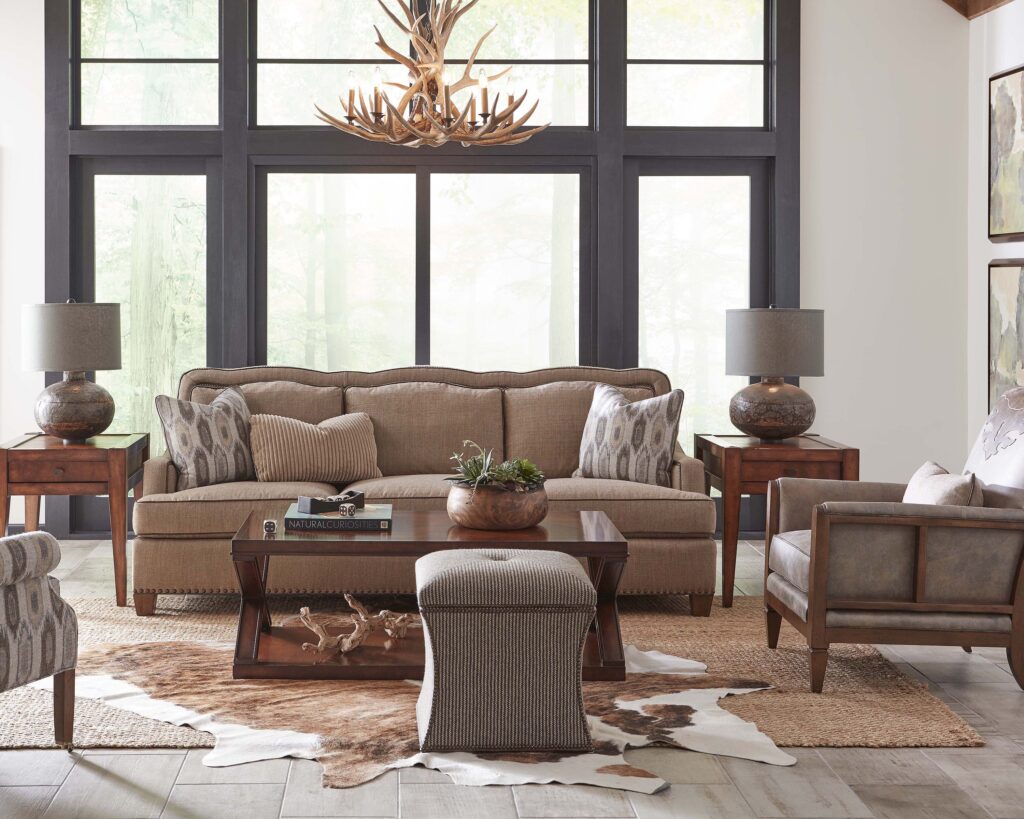
 Nimila
Nimila


